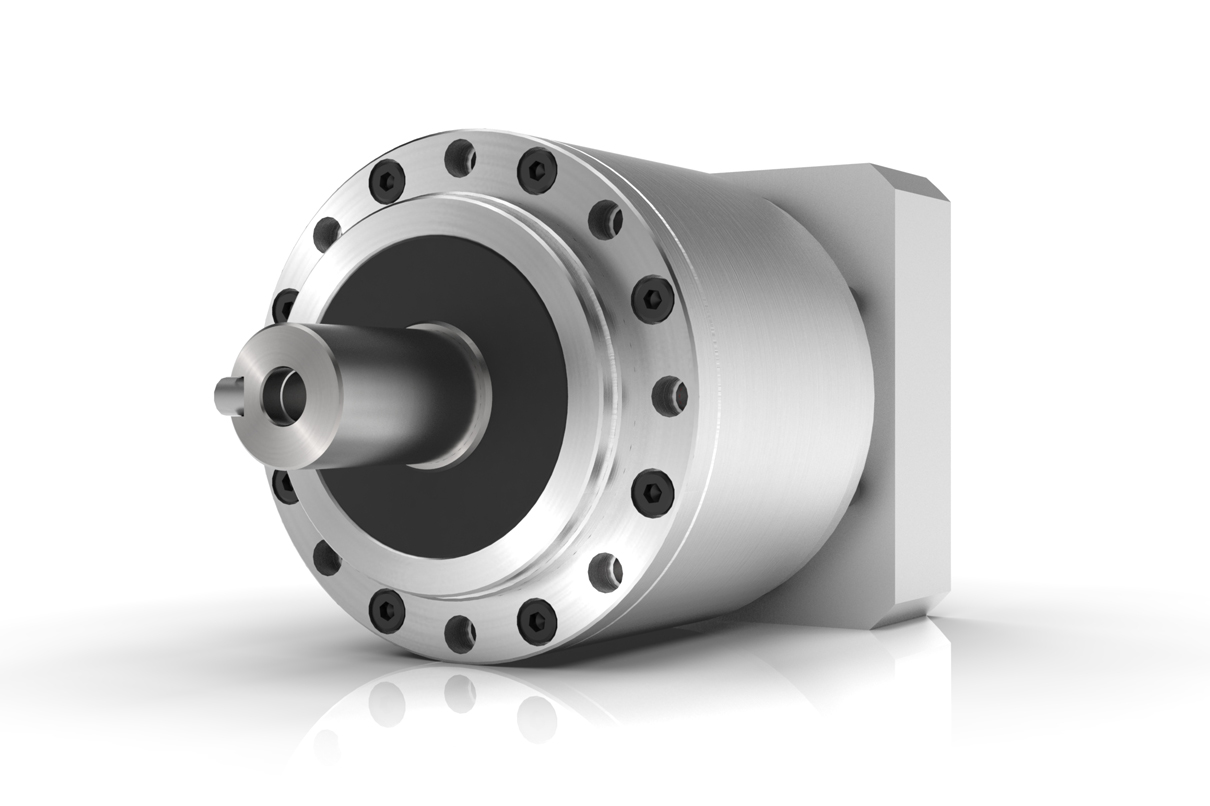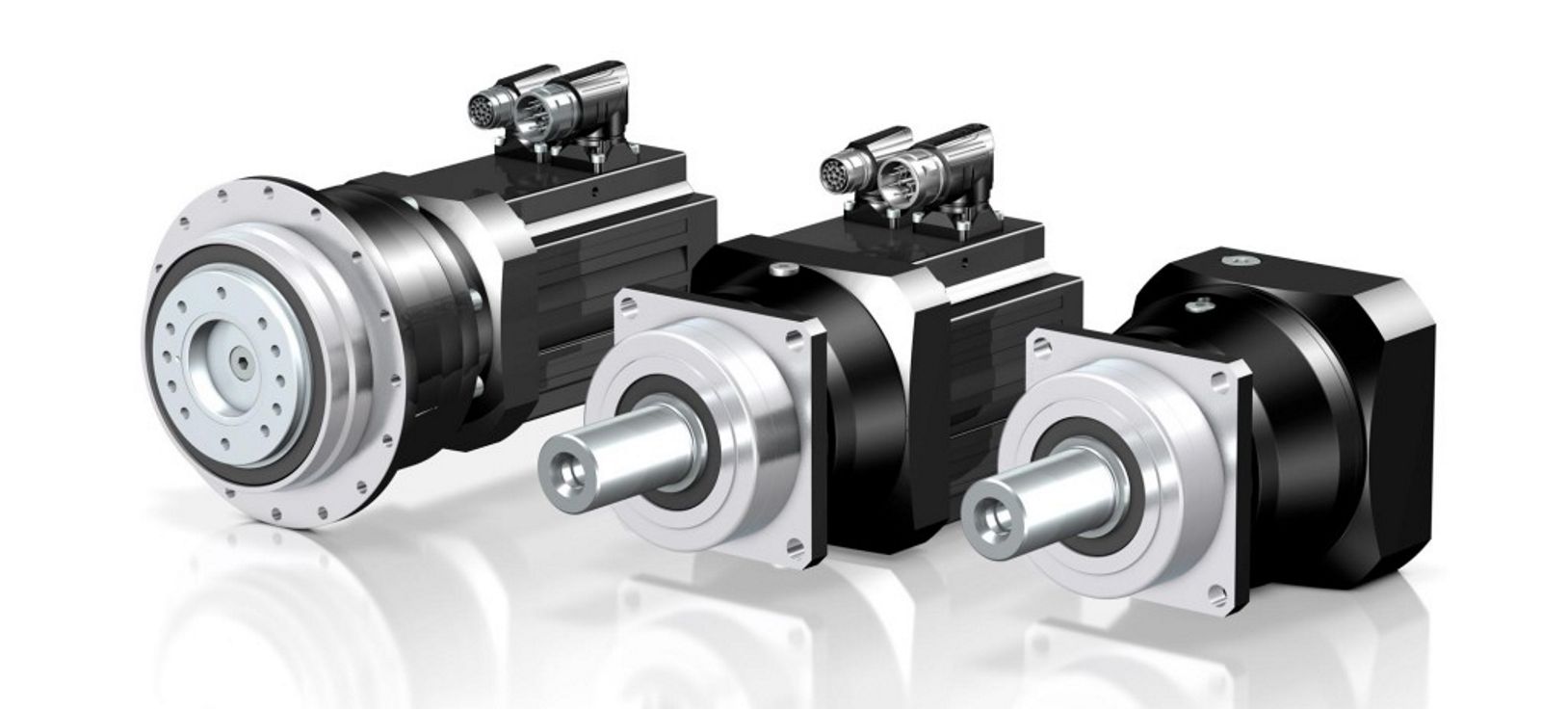Product Description
Product Description
low price harmonic gear drive reducer&servo gearbox for 6 axis collaborative robot
The harmonic gear drive reducer&servo gearbox adopts WS tooth shape, which further optimizes the double circular arc tooth shape of the traditional theory. The tooth shape formed by the circular arc curve of the original 2 sections of curvature connection is optimized for the circular arc curve of the multi-section curvature connection, so as to ensure the correct meshing of the reducer gear and protect the risk of grease failure after extreme pressure by reducing the relative sliding friction. Based on WS tooth shape products, the bearing capacity is increased by 15%, the temperature rise is reduced by 8-10ºC, the gear fatigue pitting contact area is reduced by more than 30%, and the service life of continuous running is more than 15,000 hours, improving the comprehensive performance of harmonic reducer.
harmonic gear drive reducer&servo gearbox the movement is transmitted through the elastic deformation of the flex spline, mainly composed of 3 core components: the flex spline, the rigid spline, and the wave generator. Compared with RV and other precision reducers, the materials used in the harmonic reducer, The size and weight are greatly reduced.
| WHD series | Model number | WHD14 | WHD17 |
| Reduction ratio | 3.5~5.1 | 10.4~14 | |
| Rated torque | 50,80,100 | 50,80,100 | |
| Instantaneous maximum allowable torque | 24-35 | 48-71 | |
| backlash | ≤20arc/sec | ||
Advantages of harmonic gear drive reducer&servo gearbox:
(1) The transmission speed ratio is large. The transmission speed ratio of single-stage harmonic gears ranges from 70 to 320. Some devices can reach 1000. The multi-stage transmission speed ratio can reach more than 30000. It can be used not only for deceleration, but also for acceleration.
(2) High bearing capacity. This is because the number of teeth meshing at the same time in the harmonic gear transmission is more, and the number of teeth meshing at the same time in the double wave transmission can reach more than 30% of the total number of teeth. Moreover, the flexible spline is made of high-strength materials, and the teeth are in surface contact.
(3) High transmission precision. This is because there are multiple teeth meshing at the same time in the harmonic gear transmission, and the error is average, that is, the meshing of multiple teeth can compensate each other for errors, so the transmission accuracy is high. Under the same gear precision level, the transmission error is only about 1/4 of that of ordinary cylindrical gear transmission. At the same time, the radius of the wave generator can be slightly changed to increase the deformation of the flexspline, so that the backlash is small, and even backlash-free meshing can be realized. Therefore, the transmission idling range of the harmonic reducer is small, and it is suitable for reverse rotation.
(4) High transmission efficiency and smooth movement. Since the flex gear teeth move at a uniform radial speed during the transmission process, even if the input speed is high, the relative sliding speed of the teeth is still extremely low (-% of ordinary involute gear transmission), so the wear of the teeth is small and the efficiency is high (up to 69% ~ 96%). Since both sides of the gears participate in the work when meshing, there is no impact phenomenon during meshing, and the movement is smooth.
(5) The structure is simple, the parts are few, and the installation is convenient. There are only 3 basic components, the input and output shafts are coaxial, the structure is simple, and the installation is convenient.
(6) Small size and light weight. Compared with the general reducer, when the output torque is the same, the volume of the harmonic reducer can be reduced by 2/3 and the weight can be reduced by 1/2.
(7) Motion can be transmitted into confined spaces. Utilizing the flexible characteristics of the flexible spline, this valuable advantage of the wheel drive is unmatched by other existing drives.
Detailed Photos
Company Profile
Factory Display
FAQ
Q:Are you a factory or a trading company ? where is your office ?
A:We are a company integrating industry and trade.The company is located at No. 101, Building F, HangZhou Industrial Park, No. 1 CHINAMFG Street, Xiaobian Community, Chang’an Town, HangZhou City.
Q: What are your main products?
A: We currently have self-developed and manufactured planetary gearboxes, rv reducers, cycloidal gearboxes, hollow rotating platforms, steering gears, couplings and other products. You can view the specifications of the above products on our website, you can send us an email or leave a message, and our technical consultants will choose the product that suits you according to your needs.
Q: What’s your delivery time?
A: Generally speaking, it takes 15-30 days for our regular standard products, and it takes longer for customized products. But we are very flexible about the delivery time, it will depend on the specific order.
Q: Delivery time
A: Fubao has 2000+ production base, daily output of 1000+ units, standard models within 7 days of delivery.
Q: Reducer selection
A: Fubao provides professional product selection guidance, with higher product matching degree, higher cost performance and higher utilization rate.
Q: Application range of reducer
A: Fubao has a professional research and development team, complete category design, can match any stepping motor, servo motor, more accurate matching.
| Application: | Motor, Machinery, Agricultural Machinery, Robot Arm |
|---|---|
| Function: | Distribution Power, Change Drive Torque, Change Drive Direction, Speed Changing, Speed Reduction, Speed Increase, Decrease Motor Speed to Increase Torque |
| Layout: | Flexible Spline and Rigid Spline Structure |
| Customization: |
Available
| Customized Request |
|---|
.shipping-cost-tm .tm-status-off{background: none;padding:0;color: #1470cc}
|
Shipping Cost:
Estimated freight per unit. |
about shipping cost and estimated delivery time. |
|---|
| Payment Method: |
|
|---|---|
|
Initial Payment Full Payment |
| Currency: | US$ |
|---|
| Return&refunds: | You can apply for a refund up to 30 days after receipt of the products. |
|---|

High-Speed Applications and Accuracy in Servo Gearboxes
Servo gearboxes can indeed be used in high-speed applications without compromising accuracy, thanks to their design features:
1. Precision Engineering: Servo gearboxes are engineered with high precision, which allows them to maintain accurate motion control even at high speeds.
2. Reduced Backlash: Many servo gearbox designs incorporate mechanisms to minimize backlash, which is the lost motion between input and output. This feature enhances accuracy even in high-speed scenarios.
3. Advanced Bearings: High-quality bearings used in servo gearboxes reduce friction and contribute to maintaining accuracy and efficiency at high speeds.
4. Rigid Construction: The rigid construction of servo gearboxes minimizes flexing or deformation under high-speed loads, ensuring that the intended motion is accurately transmitted.
5. Dynamic Balancing: Some servo gearboxes are dynamically balanced to minimize vibrations that could affect accuracy during high-speed operation.
6. Lubrication: Proper lubrication practices play a vital role. The right lubricant minimizes friction, heat, and wear, ensuring accuracy even at high speeds.
7. Feedback Systems: High-speed applications often use feedback systems, such as encoders, to constantly monitor and adjust the positioning. This further enhances accuracy.
8. Advanced Control Algorithms: The combination of accurate gearboxes and advanced control algorithms ensures precise motion profiles even at high speeds.
Overall, servo gearboxes are designed to excel in accuracy, precision, and efficiency, making them suitable for high-speed applications where maintaining accuracy is crucial.

Precision of Gear Tooth Profiles in Servo Gearboxes
Manufacturers take several measures to ensure the precision of gear tooth profiles in servo gearboxes:
1. Advanced Manufacturing Processes: Manufacturers use advanced machining techniques such as CNC (Computer Numerical Control) machining and grinding to achieve high precision in gear tooth profiles. These processes allow for accurate shaping and finishing of the gear teeth.
2. Quality Materials: High-quality materials with consistent properties are selected for manufacturing gear components. This ensures uniformity in the gear teeth and minimizes variations that could affect precision.
3. Tight Tolerances: Manufacturers set tight tolerances for gear tooth dimensions, including pitch, profile, and helix angle. This helps to maintain precise engagement between gear teeth, reducing backlash and ensuring accurate motion control.
4. Quality Control: Rigorous quality control measures are implemented at various stages of the manufacturing process. This includes inspections, measurements, and tests to verify that gear tooth profiles meet the required specifications.
5. CNC Gear Inspection: Manufacturers use CNC gear inspection machines that can measure and analyze gear tooth profiles with high accuracy. These machines generate detailed reports about tooth geometry, ensuring compliance with design specifications.
6. Computer-Aided Design (CAD) and Simulation: Manufacturers use CAD software to design gear tooth profiles with precision. Simulation tools analyze how different factors, such as material properties and manufacturing processes, affect the final gear tooth shape.
7. Profile Corrections: In some cases, manufacturers apply profile corrections to optimize gear tooth profiles. These corrections compensate for any deviations that may occur during the manufacturing process.
8. Feedback from Application: Manufacturers often collaborate closely with end-users to gather feedback on the performance of gearboxes in real-world applications. This feedback helps refine the manufacturing process and improve the precision of gear tooth profiles.
The combination of advanced manufacturing techniques, strict quality control, and continuous improvement processes ensures that servo gearboxes maintain the precision required for accurate motion control in various applications.

Servo Gearboxes vs. Standard Gearboxes in Industrial Applications
Servo gearboxes and standard gearboxes serve distinct roles in industrial applications. Here’s how they differ:
Precision Control: Servo gearboxes are specifically designed for precise motion control in applications that require accurate speed and position control. Standard gearboxes, while also providing speed reduction or torque multiplication, may not offer the same level of precision.
Backlash: Servo gearboxes are designed to minimize backlash, which is crucial for applications where even slight lost motion is unacceptable. Standard gearboxes may have higher levels of backlash due to their broader design scope.
Dynamic Response: Servo gearboxes excel in dynamic response, enabling quick changes in speed and direction with minimal overshoot. Standard gearboxes may not offer the same level of responsiveness.
High Efficiency: Servo gearboxes are optimized for efficiency to ensure precise power transmission. Standard gearboxes may prioritize other factors like cost or load capacity.
Positioning Accuracy: Servo gearboxes are essential for achieving high positioning accuracy in applications such as robotics and CNC machines. Standard gearboxes might not meet the same accuracy requirements.
Load Distribution: Servo gearboxes distribute loads evenly across gear teeth to enhance durability and minimize wear. Standard gearboxes might not have the same load distribution capabilities.
Compact Design: Servo gearboxes are often designed with a compact form factor to fit within tight spaces. Standard gearboxes might be larger and less optimized for space constraints.
Customization: Servo gearboxes can be highly customizable in terms of size, reduction ratio, and mounting options. Standard gearboxes may offer fewer customization choices.
Application Focus: Servo gearboxes are intended for applications that demand precision and responsiveness, such as robotics, automation, and CNC machining. Standard gearboxes are used in a broader range of applications where precision might not be as critical.
In summary, servo gearboxes are specialized components tailored for high-precision motion control applications, while standard gearboxes serve a wider variety of industrial needs with a focus on durability, load handling, and basic speed reduction.


editor by CX 2023-10-10